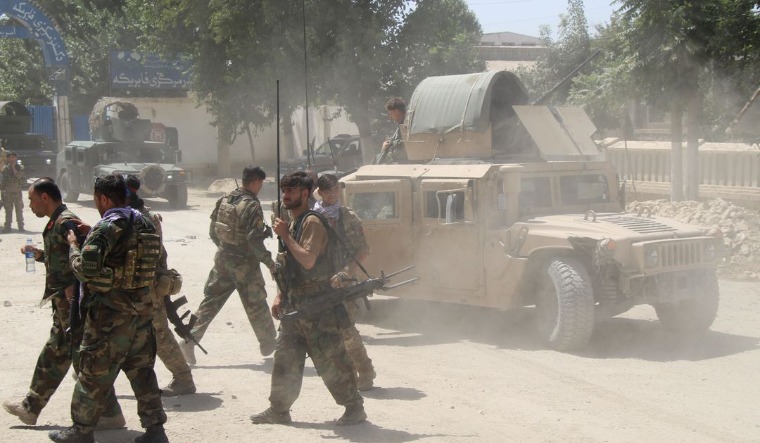
India’s security nightmare reignited as return of Taliban is likely to embolden militant outfits
The bad news is that India did not build equity with the Taliban
By Namrata Biji Ahuja
For India, the return of the Taliban is not so much about the fear of the Taliban, but the growth and proliferation of radical and terrorist outfits operating in the ungoverned spaces, particularly North Waziristan and areas along the Durand Line, where more than half a dozen terror groups have established base and are waiting to take advantage of the changing security dynamics to unleash terror activities.
While a section of the Indian intelligence establishment believes that these groups are beyond the control of any country, including Pakistan, others believe Islamabad’s proxy war machinery is behind the Taliban’s march to Kabul, having sheltered and supported the armed militia for two decades.
As Kabul falls and America exits, the return of Taliban has reignited New Delhi’s security nightmare of the deadly battle-hardened fighters from Lashkar-e-Taiba, Jaish-e-Mohammed, ISIS, Al-Qaeda, Tehrik-i-Taliban Pakistan, which already exist in the lawless spaces and can run amok.
While many security experts are trying to draw parallels with the 1990s when battle-hardened Al-Qaeda fighters were being roped in by Pakistani state and non-state actors for action along the Line of Control, the situation may be different this time as the proliferation of terror outfits in these ungoverned spaces is much more. The clash of interests and diverse theatres of their actions have left little to no control over them by any country.
Senior intelligence officials pointed towards technical intelligence that shows the role of many terror groups operating from these regions being responsible for terror threats not only in Jammu and Kashmir but in other parts of the country as well.
”Many bases of terror outfits like LeT, Jaish have shifted to these locations outside Pakistan or Pakistan occupied Kashmir. There is already the Khorasan project of the ISIS, which has been operating and the deadly concoction will only get emboldened now,” said an intelligence official.
The bad news is that India did not build equity with the Taliban and had little said at Doha after it tried to engage the group a little late in the day which has left it with little choice for now to drive the security fallout of the move in its advantage.
Intelligence officials admit there was hardly any choice as engaging Pakistan, whose focus is its Kashmir project, was out of the question, considering the New Delhi move to withdraw the special status in Jammu and Kashmir.
The good news, however, is that there will be international pressure on Pakistan, and a more robust intelligence setup in these areas to reply upon for reliable intelligence leads to ward off terror threats. Over the years, the Indian intelligence agencies have focussed heavily on building up their surveillance and human intelligence assets along the Durand line. Though not big enough to change anything, the presence itself will be vital at this stage.
There is also the glimmer of hope from outfits like the Pashtun Tahafuz Movement, where Pashtuns are fighting a nationalist battle and would not be ready to accept Taliban rule.
For India, the Pashtuns and Baloch—who are much lesser in number and influence—are closer than before as the political messaging by the Modi government is still alive in their memory. The LoC has also been strengthened with the removal of Article 370 and there is massive deployment of more than a dozen security and intelligence agencies with boots on the ground and ears in the air.

